

Dicalcium Phosphate (DCP) or Calcium Phosphate, Dibasic is a phosphate compound used in the feed grade animal nutrition industry. DCP also known as calcium hydrogenphosphate acts as balanced source of both calcium and phosphorus, essential for bone development, metabolic health in livestock and poultry needs. DCP common manufacturing ensures it's preferrence in feed premixes and mineral blends to improve skeletal strength and feed efficiency. Cost-effective mineral additive for animal feed is a direct end usage for DCP and that is primarily balanced the phosphorus-calcium ratio in it. DCP Functions best in neutral or alkaline feed formulations with consistent solubility and bioavailability.
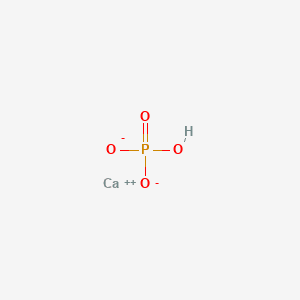

Dicalcium Phosphate (DCP) or Calcium Phosphate, Dibasic is a phosphate compound used in the feed grade animal nutrition industry. DCP also known as calcium hydrogenphosphate acts as balanced source of both calcium and phosphorus, essential for bone development, metabolic health in livestock and poultry needs. DCP common manufacturing ensures it's preferrence in feed premixes and mineral blends to improve skeletal strength and feed efficiency. Cost-effective mineral additive for animal feed is a direct end usage for DCP and that is primarily balanced the phosphorus-calcium ratio in it. DCP Functions best in neutral or alkaline feed formulations with consistent solubility and bioavailability.

.3d8f8f41.svg)
Food & Nutrition
.3556d45a.svg)

Feed Additives


Minerals & Phosphates
.7767eb0f.png)

Chemical Properties & Specifications
Improves eggshell strength and bone structure
Enhances growth rate and metabolic efficiency
Supports skeletal health and reproductive performance
Occasionally used when higher calcium-phosphorus balance is required
Can be combined with trace minerals, salt, or vitamins
Ideal for livestock digestive health
Available in low-F grades
Granules, powder, or microfine
No decomposition under standard feed processing
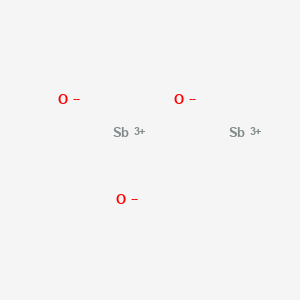
CAS No. : 1309-64-4
Category : Synergists & Smoke Suppressants
Sub-Category : Antimony-based synergists
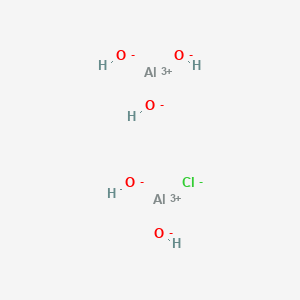
CAS No. : 1327-41-9
Category : Inorganic Chemicals
Sub-Category : Metal-Based Coagulants
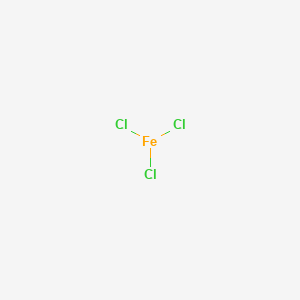
CAS No. : 7705-08-0
Category : Inorganic Chemicals
Sub-Category : Metal-Based Coagulants
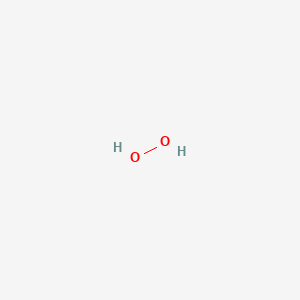
CAS No. : 7722-84-1
Category : Inorganic Chemicals
Sub-Category : Peroxides & Oxidizing Agents
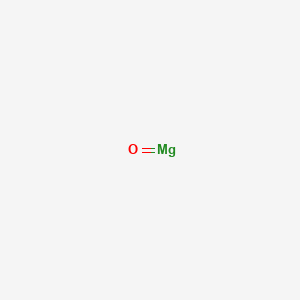
CAS No. : 1309-48-4
Category : Inorganic Chemicals
Sub-Category : Active Pharmaceutical Ingredients (APIs)
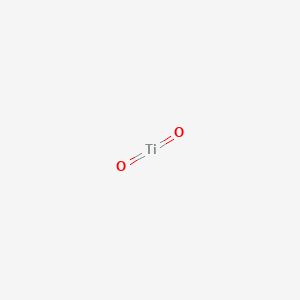
CAS No. : 13463-67-7
Category : Pigments & Colorants
Sub-Category : Inorganic Pigments
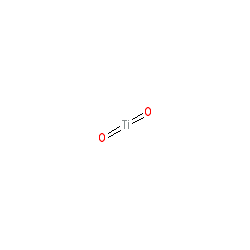
CAS No. : 13463-67-7
Category : Pigments & Colorants
Sub-Category : Inorganic Pigments
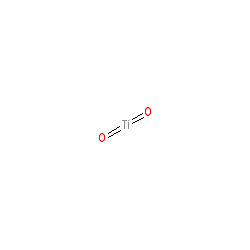
CAS No. : 13463-67-7
Category : Pigments & Colorants
Sub-Category : Inorganic Pigments
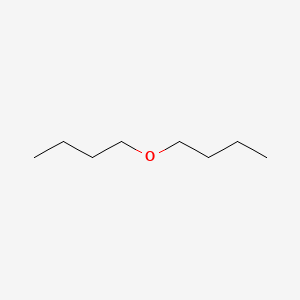
CAS No. : 142-96-1
Category : Solvents & Carriers
Sub-Category : Ethers & Ether-Based Solvents
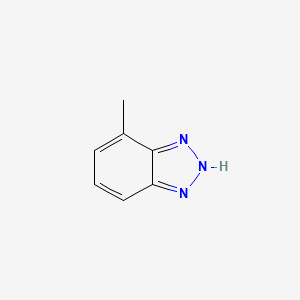
CAS No. : 29385-43-1
Category : Specialty Polymers & Additives
Sub-Category : Corrosion Inhibitor Additives
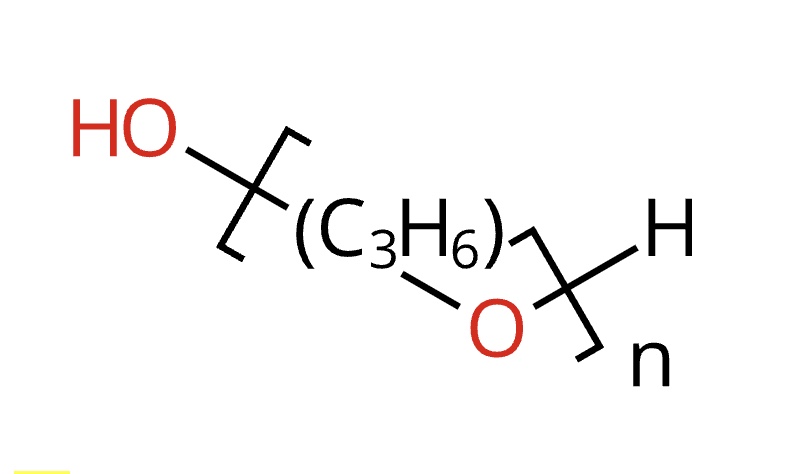
CAS No. : 25322-69-4
Category : Specialty Polymers & Additives
Sub-Category : Polyether Polyols
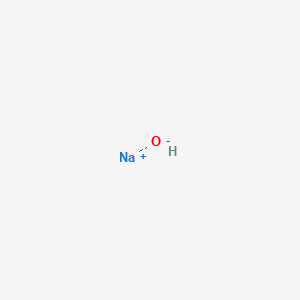
CAS No. : 1310-73-2
Category : Inorganic Chemicals
Sub-Category : Alkalis & Bases
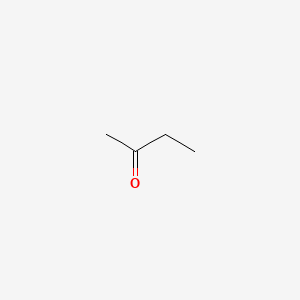
CAS No. : 78-93-3
Category : Base Chemicals & Intermediates
Sub-Category : Ketones & Solvents
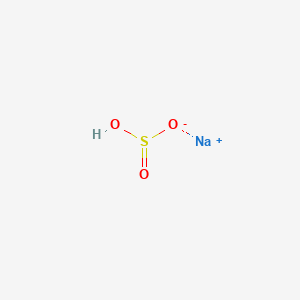
CAS No. : 7631-90-5
Category : Inorganic Chemicals
Sub-Category : Sulfur-Based Compounds
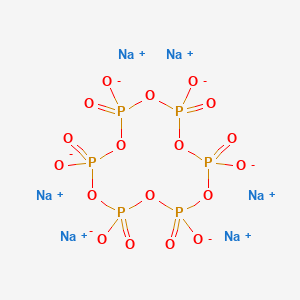
CAS No. : 10124-56-8
Category : Inorganic Chemicals
Sub-Category : Phosphate Compounds
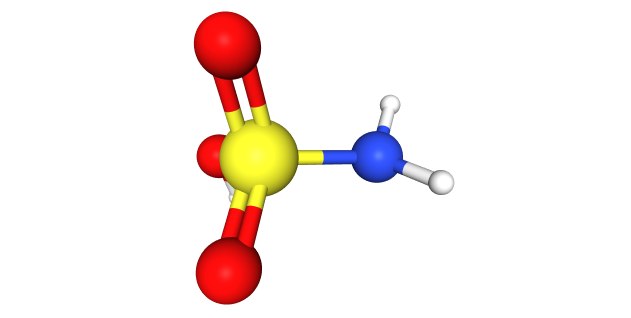
CAS No. : 5329-14-6
Category : Inorganic Chemicals
Sub-Category : Acid Derivatives
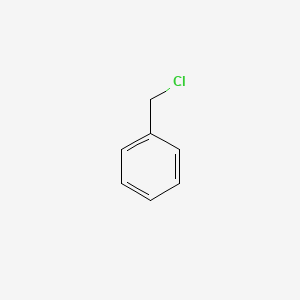
CAS No. : 100-44-7
Category : Organic Intermediates
Sub-Category : Chlorinated Aromatic Compounds
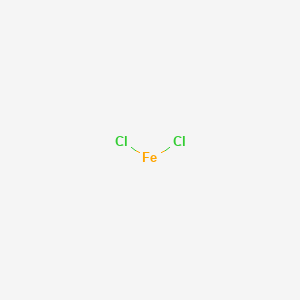
CAS No. : 7758-94-3
Category : Inorganic Chemicals
Sub-Category : Metal Halides
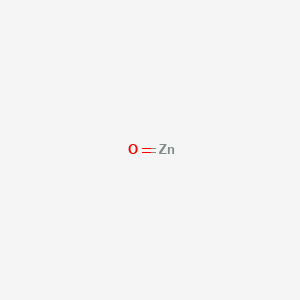
CAS No. : 1314-13-2
Category : Inorganic Chemicals
Sub-Category : N/A
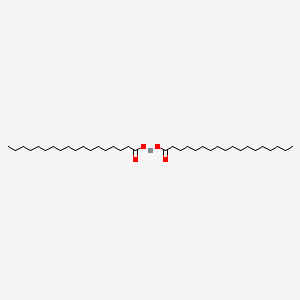
CAS No. : 136-53-8
Category : Inorganic Chemicals
Sub-Category : Metal Carboxylates
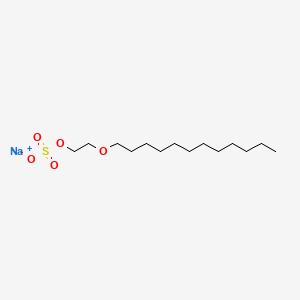
CAS No. : 9004-82-4
Category : Surfactants
Sub-Category : Anionic (Ether sulfates)
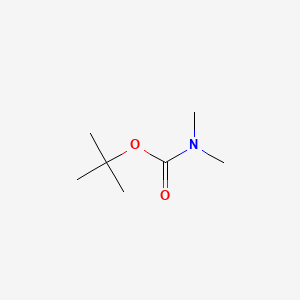
CAS No. : 61788-93-0
Category : Surfactants & Emulsifiers
Sub-Category : Fatty Amines
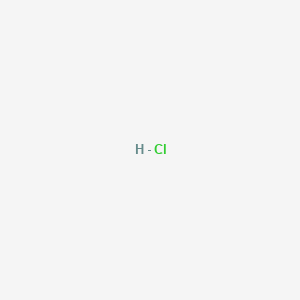
CAS No. : 7647-01-0
Category : Inorganic Acids
Sub-Category : Mineral Acids
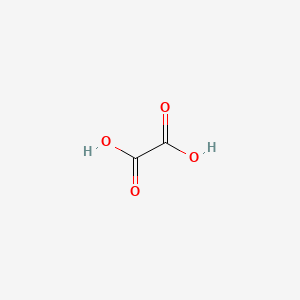
CAS No. : 144-62-7
Category : Organic Acid Derivatives
Sub-Category : Dicarboxylic Acids
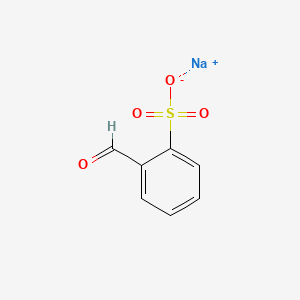
CAS No. : 17465-11-3
Category : Organic Intermediates
Sub-Category : Aromatic Sulfonates

CAS No. : 7704-34-9
Category : Inorganic Chemicals
Sub-Category : Sulfur & Derivatives
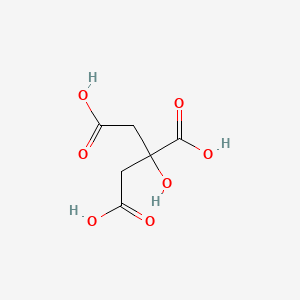
CAS No. : 77-92-9
Category : Food Ingredients
Sub-Category : Flavor Enhancers

CAS No. : 7631-90-5
Category : Inorganic Chemicals
Sub-Category : Sulfur-Based Compounds

CAS No. : 10124-56-8
Category : Inorganic Chemicals
Sub-Category : Phosphate Compounds
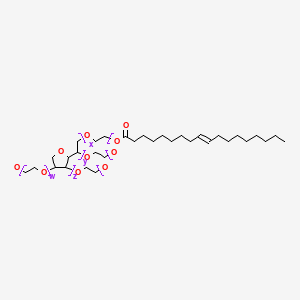
CAS No. : 9005-65-6
Category : Surfactants & Emulsifiers
Sub-Category : N/A
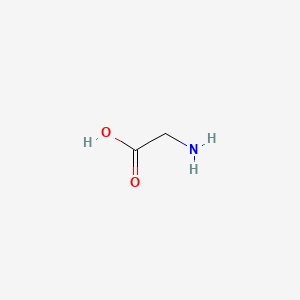
CAS No. : 56-40-6
Category : Nutraceutical Ingredients
Sub-Category : Amino Acids & Proteins
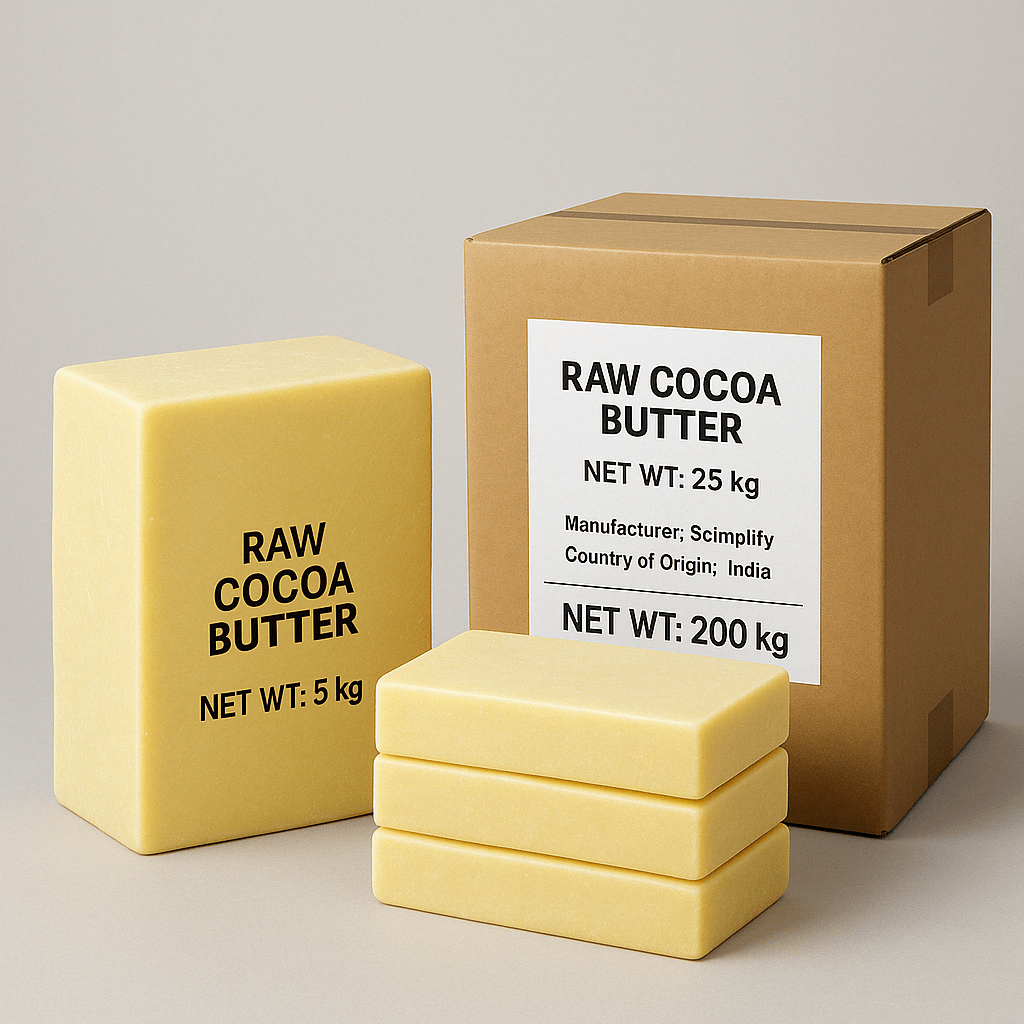
CAS No. : 8002-31-1
Category : Food Ingredients
Sub-Category : Cocoa & Chocolate Derivatives
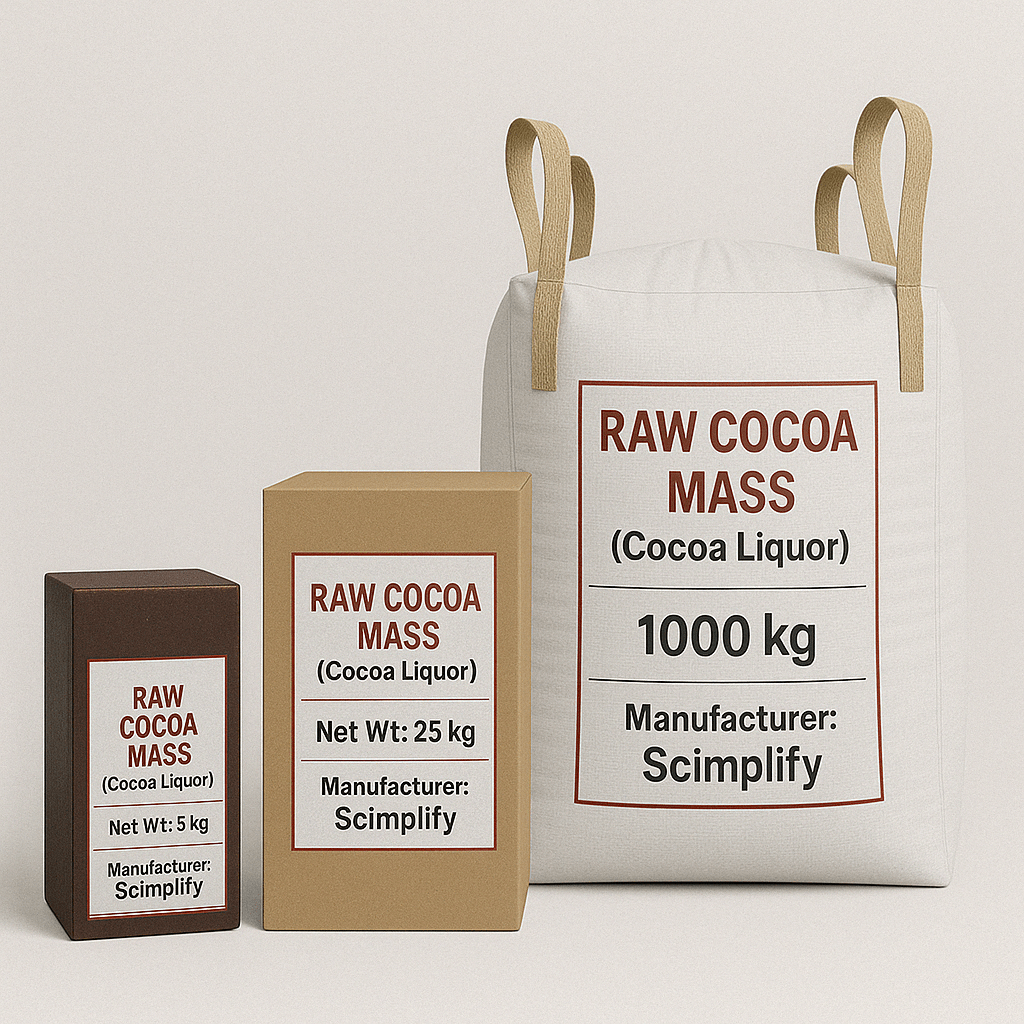
CAS No. : 84649-99-0
Category : Food Ingredients
Sub-Category : Cocoa & Chocolate Derivatives
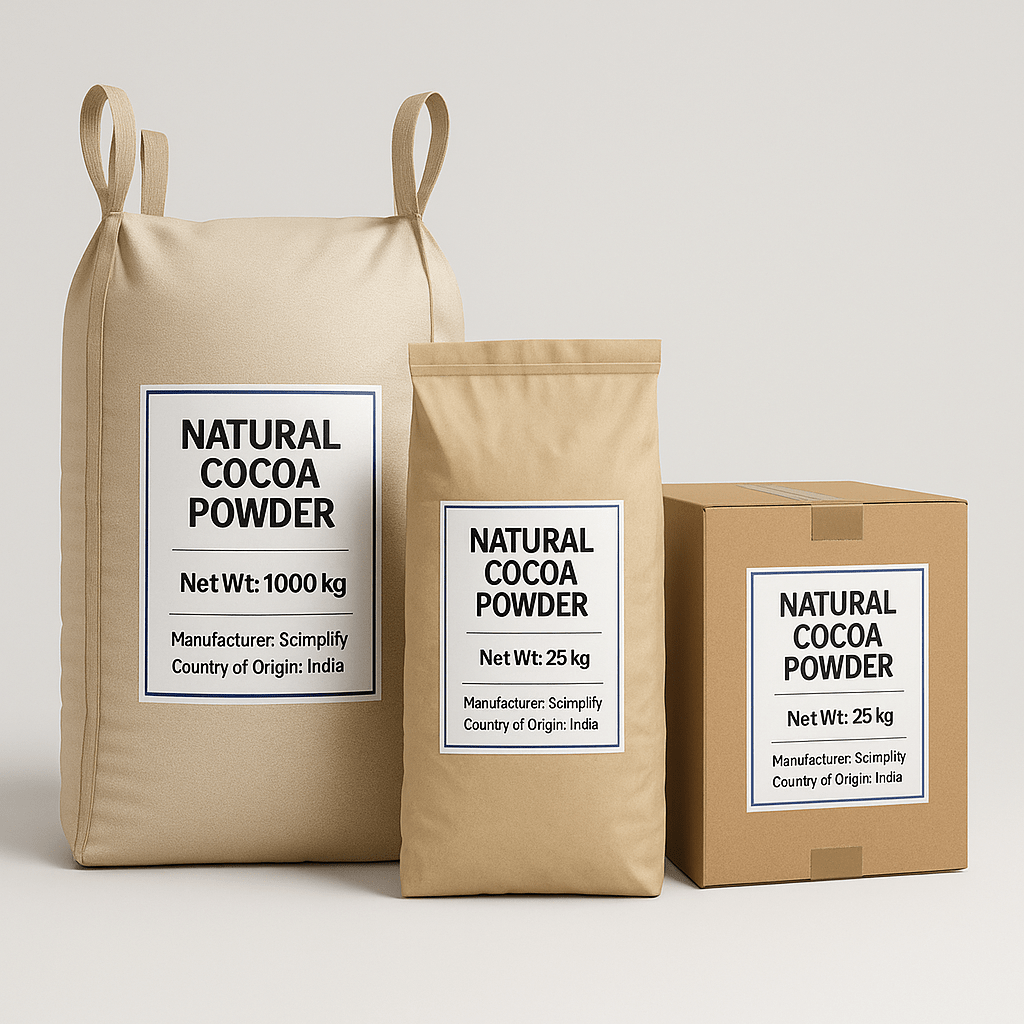
CAS No. : 84649-99-0
Category : Food Ingredients
Sub-Category : Cocoa & Chocolate Derivatives
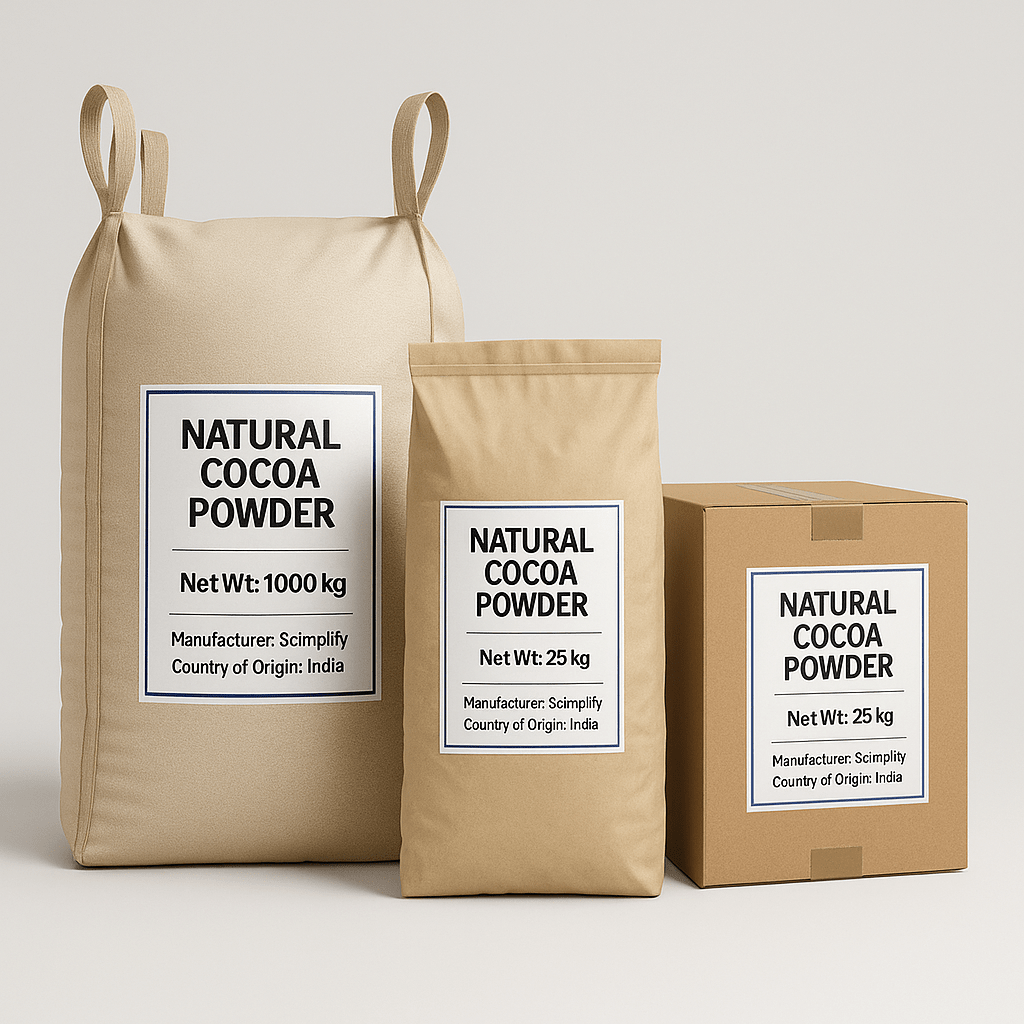
CAS No. : 84649-99-0
Category : Food Ingredients
Sub-Category : Cocoa & Chocolate Derivatives
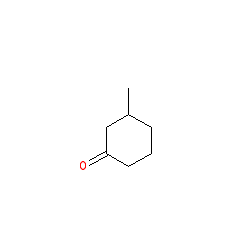
CAS No. : 36306-87-3
Category : Fragrance Ingredients
Sub-Category : Ionones & Ketones
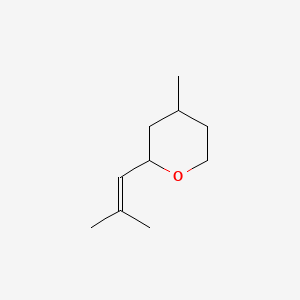
CAS No. : 16409-43-1
Category : Fragrance Ingredients
Sub-Category : Aroma Compounds
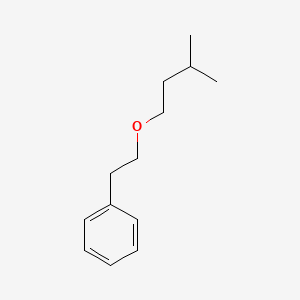
CAS No. : 56011-02-0
Category : Fragrance Ingredients
Sub-Category : Aliphatic Aromatic Ethers
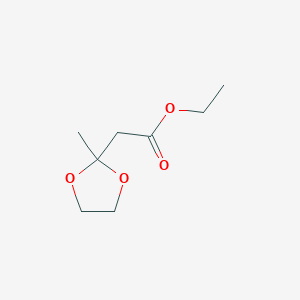
CAS No. : 6413-10-1
Category : Fragrance Ingredients
Sub-Category : Ketal Fruit Esters
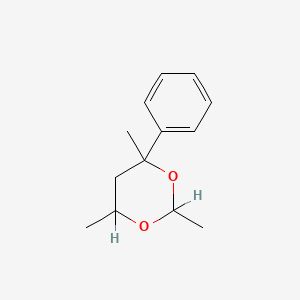
CAS No. : 5182-36-5
Category : Fragrance Ingredients
Sub-Category : Aroma Chemicals
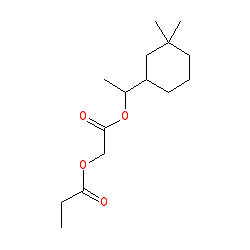
CAS No. : 236391-76-7
Category : Fragrance Ingredients
Sub-Category : Polycyclic Synthetic Musks

CAS No. : 236391-76-7
Category : Fragrance Ingredients
Sub-Category : Polycyclic Synthetic Musks
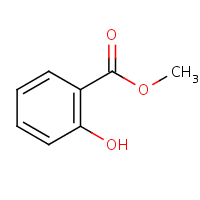
CAS No. : 119-36-8
Category : Fragrance Ingredients
Sub-Category : Aromatic Esters